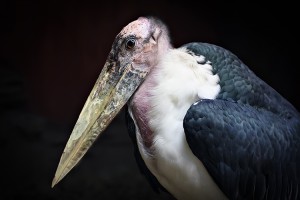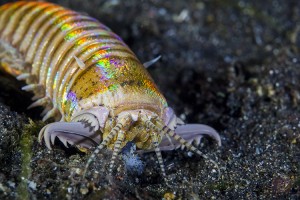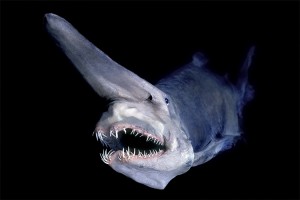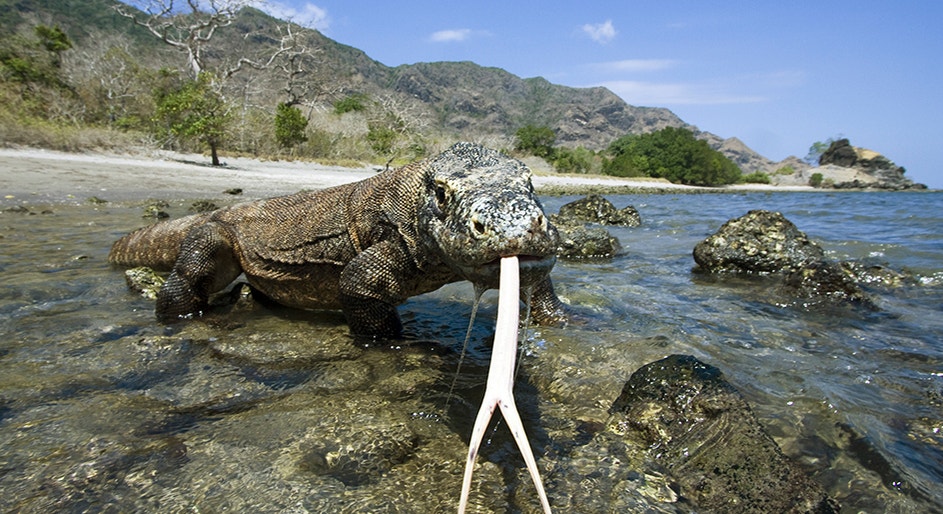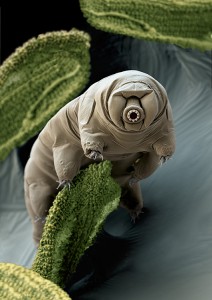Monster Week—Last But Not Least
Monday, September 14th, 2015Here is our last monster of the series.
September 14, 2015
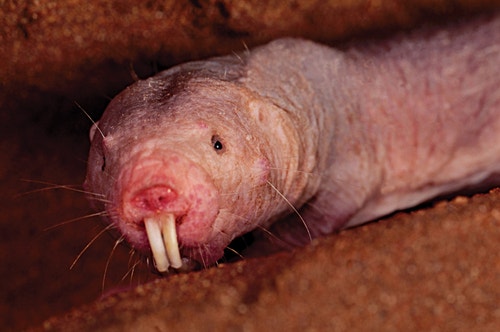
Naked mole-rat (© Frans Lanting Studio/Alamy Images)
Moles and rats are not creatures known for their physical beauty. Yet both are relative cuties compared with their namesake, the naked mole-rat. As the name suggests, this burrowing rodent of East Africa is nearly hairless and covered in wrinkled, pink skin. Beady eyes, a piglike snout, and huge buck teeth complete the naked-mole rat’s signature look.
You might pity the naked mole-rat its hideous appearance. But looks mean little in the darkness of the mole-rat’s underground lair. The naked mole-rat spends its entire life underground, living with up to 300 of its relatives in a burrow consisting of many tunnels and rooms.
Perhaps the strangest thing about this little monster is its social structure. A naked mole-rat colony works more like an ant colony than a typical mammal family. Each naked mole-rat colony has one breeding female—the queen—and one to three breeding males. The rest of the mole-rats do not breed. They spend their time caring for the queen’s young, hunting for food, fighting off invaders, and otherwise contributing to the well-being of the colony.
The naked mole-rat queen is larger than the other members of the colony and can bear more than 100 pups in a year. She is no doting matriarch, either. She harasses (bullies) nonbreeding females and males to prevent them from breeding. If the queen dies, another female develops into a queen, grows larger, and begins to breed.
Naked mole-rats are unusual in many other ways. For example, their body temperature varies with the surrounding temperature more than that of any other mammal. Also, naked mole-rats can tolerate stagnant air with high levels of carbon dioxide.

